Alliaria petiolata
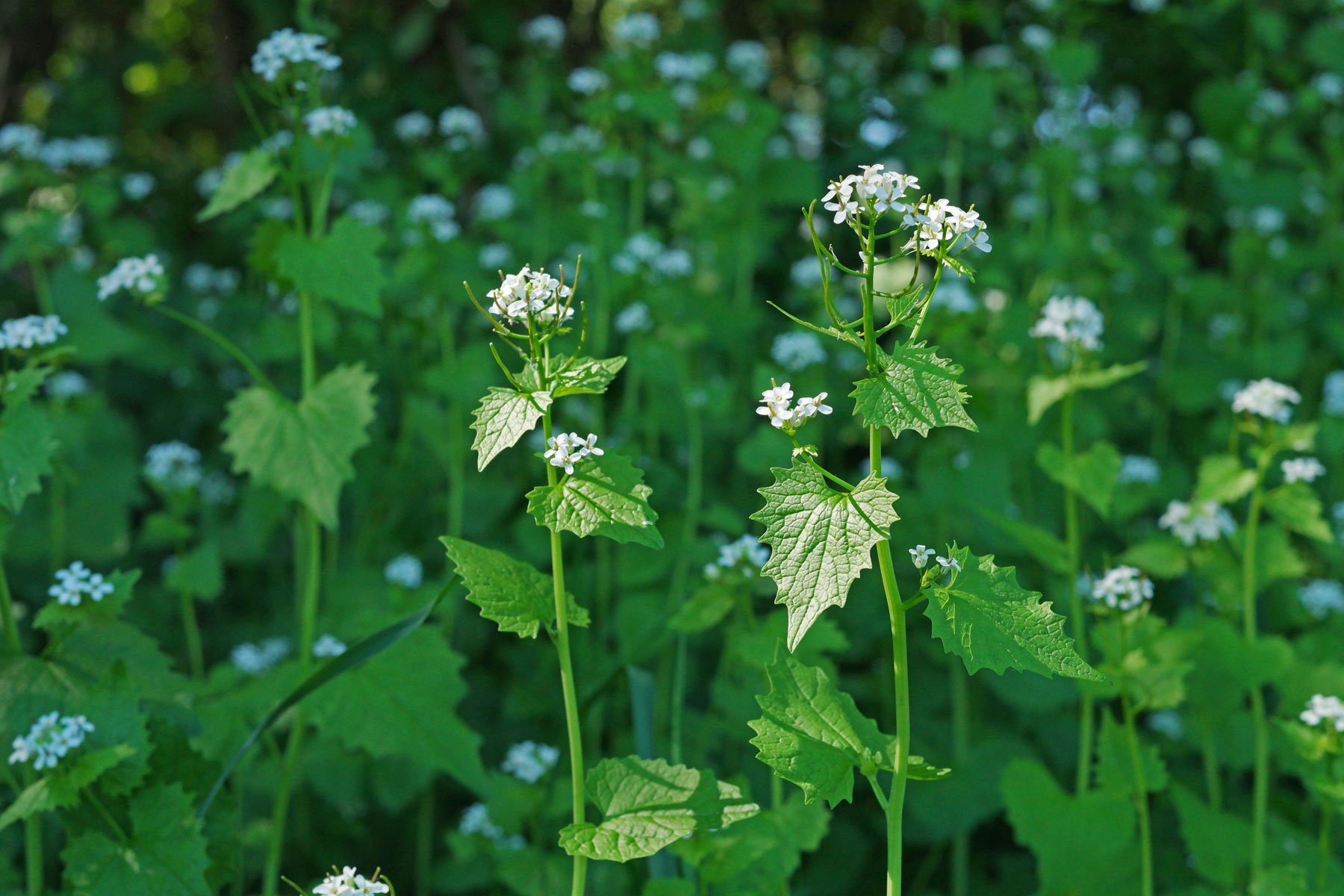
Description
Garlic Mustard belongs to the Brassicaceae family and is not related to Garlic but to Mustard and also to Horseradish.
Alliaria petiolata grows either biennially or perennially and can reach a height of up to one meter. In Central Europe, the flowering period lasts from April to July.
Distribution/regions
Alliaria petiolata is native to the most parts of Europe (Northern Europe, Central Europe, Southern Europe). Its area of distribution reaches as far as Africa (Northern Africa) and Asia (Caucasus, Western Asia, Middle Asia, Eastern Asia, tropical Asia).
In North America, it is considered to be an invasive plant.

Alliaria petiolata grows along roadsides, in meadows, woods, along hedges, in parks and gardens.
It can also survive on nutrient-poor sites, but remains smaller there than in humus-rich soil.
Uses
Young leaves and shoots can be used raw as a culinary herb. They can also be prepared like spinach, but lose some of their flavour when cooked.
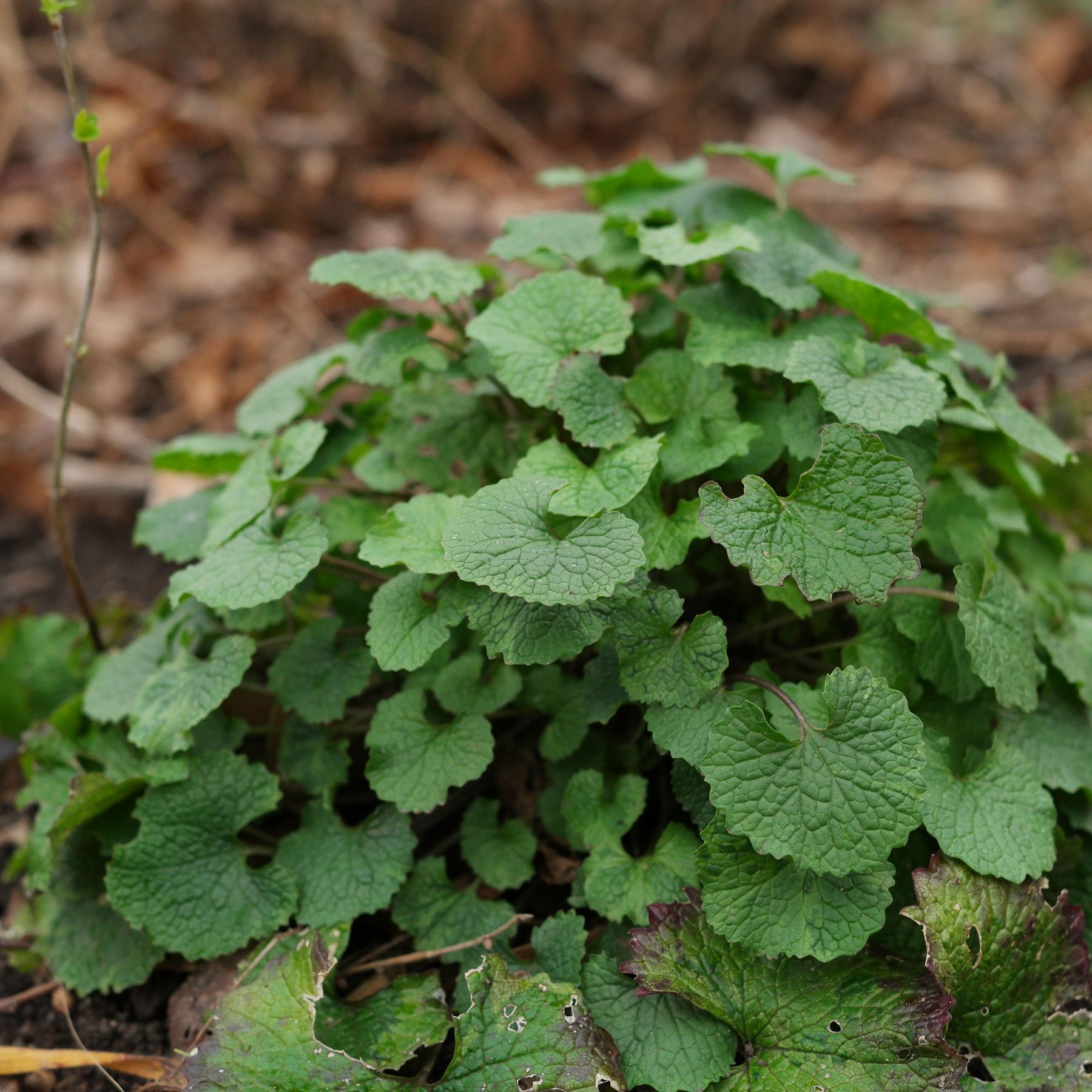
Pollinators
Garlic Mustard can pollinate by itself, but is often visited by flies, bees and beetles.
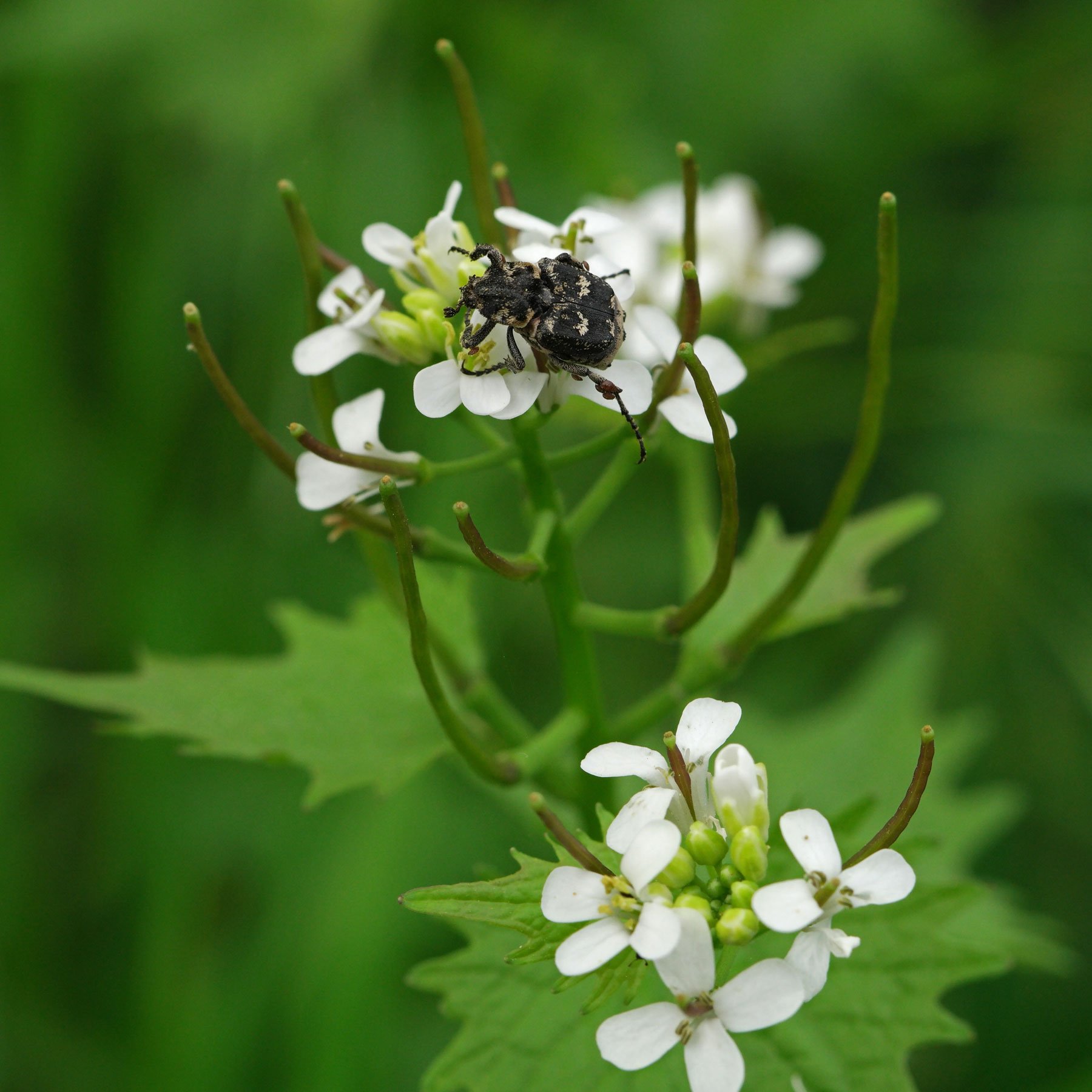
Common names
Dutch
Look-zonder-look
French
Alliaire Officinale, Herbe à Ail
German
Knoblauchsrauke, Gemeines Lauchkraut, Knoblauchskraut
Italian
Alliaria comune
Portuguese
Erva-alheira
Spanish
Aliaria, hierba del ajo
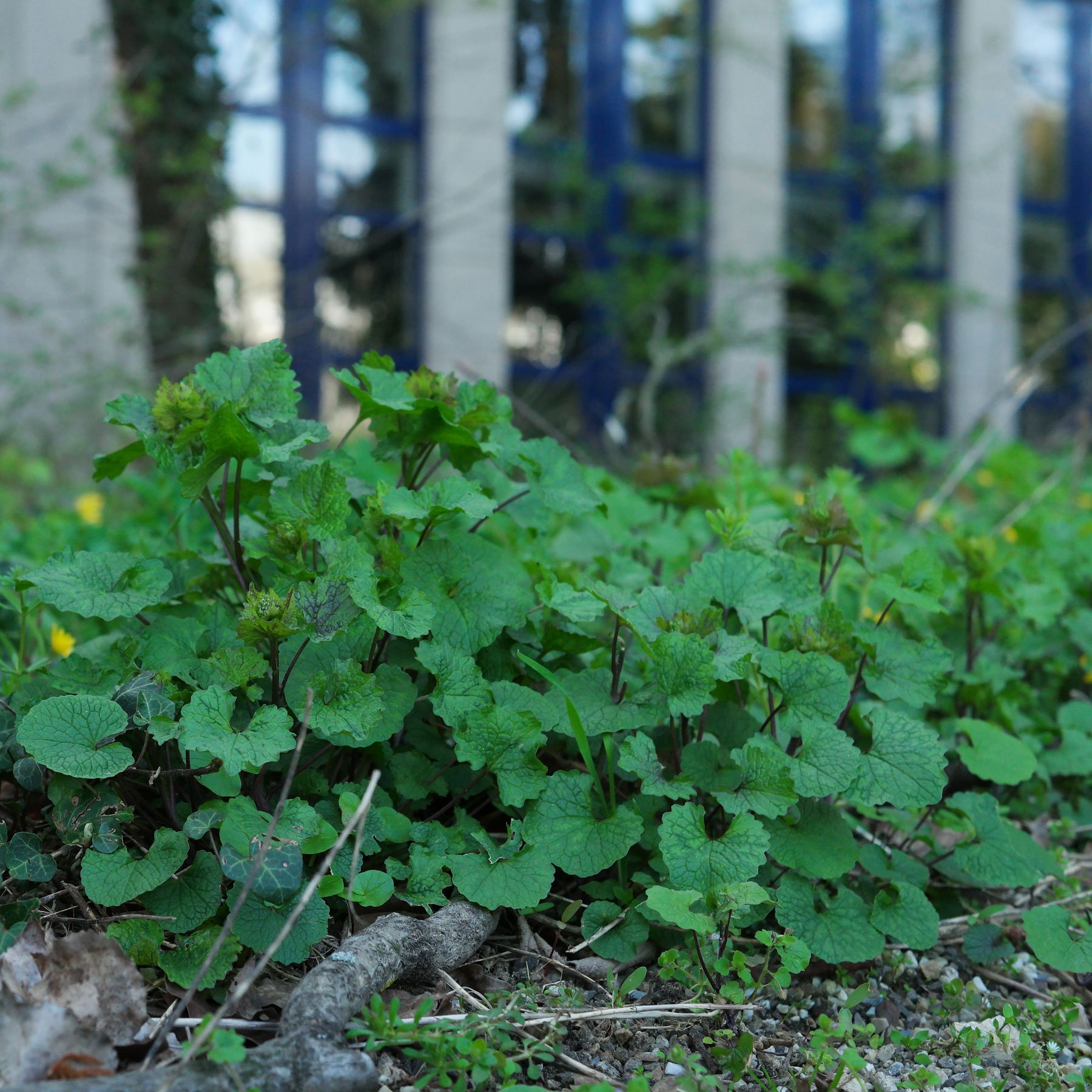

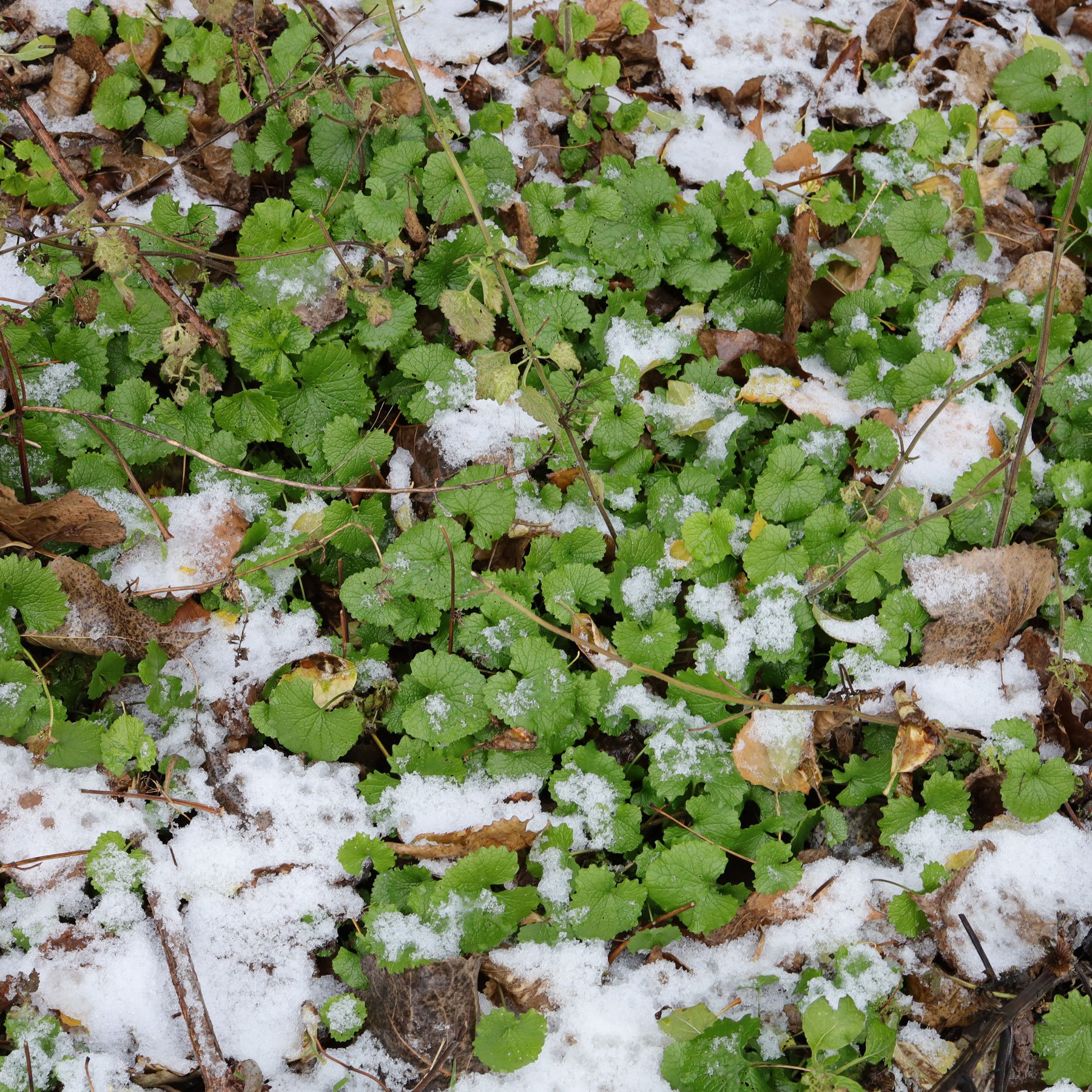
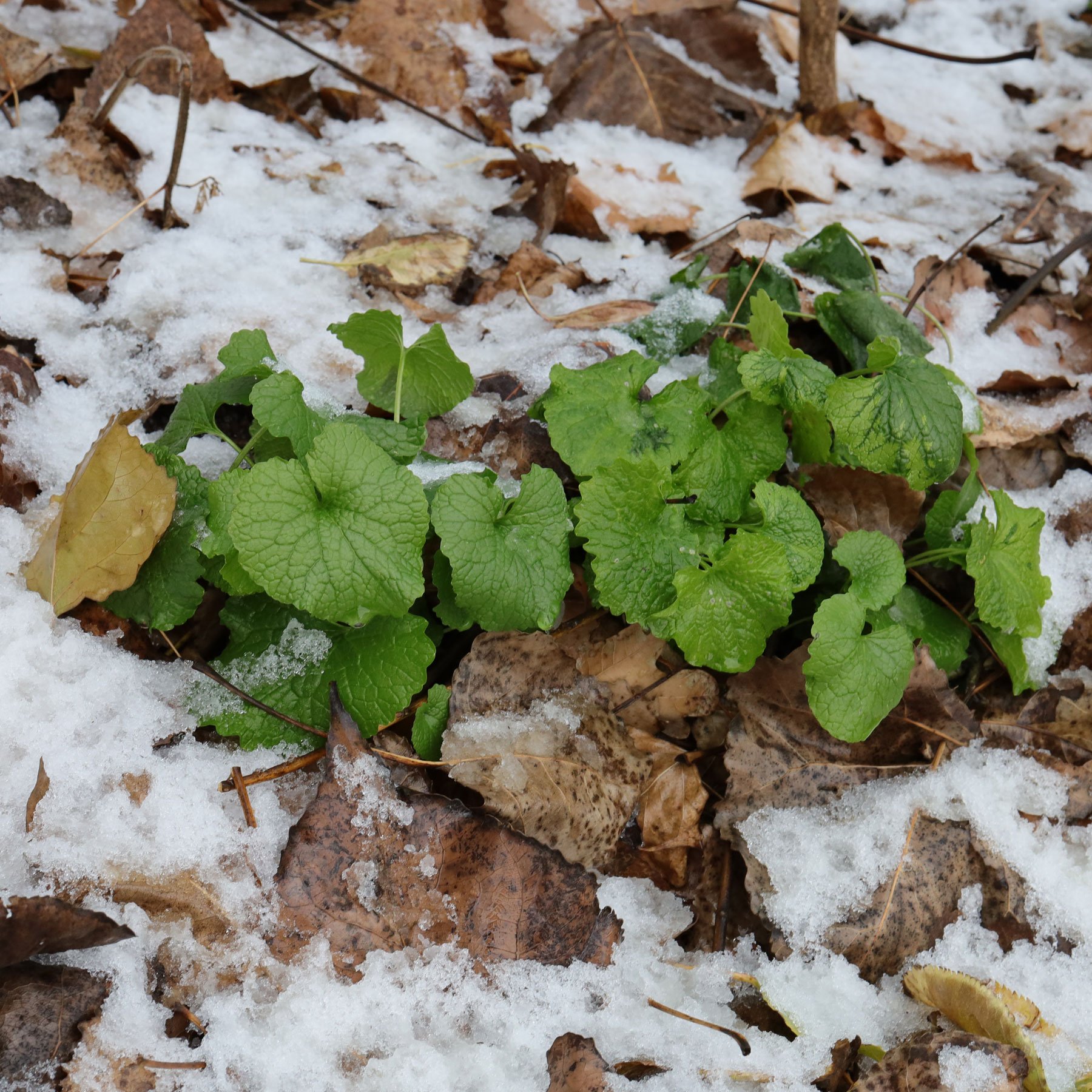
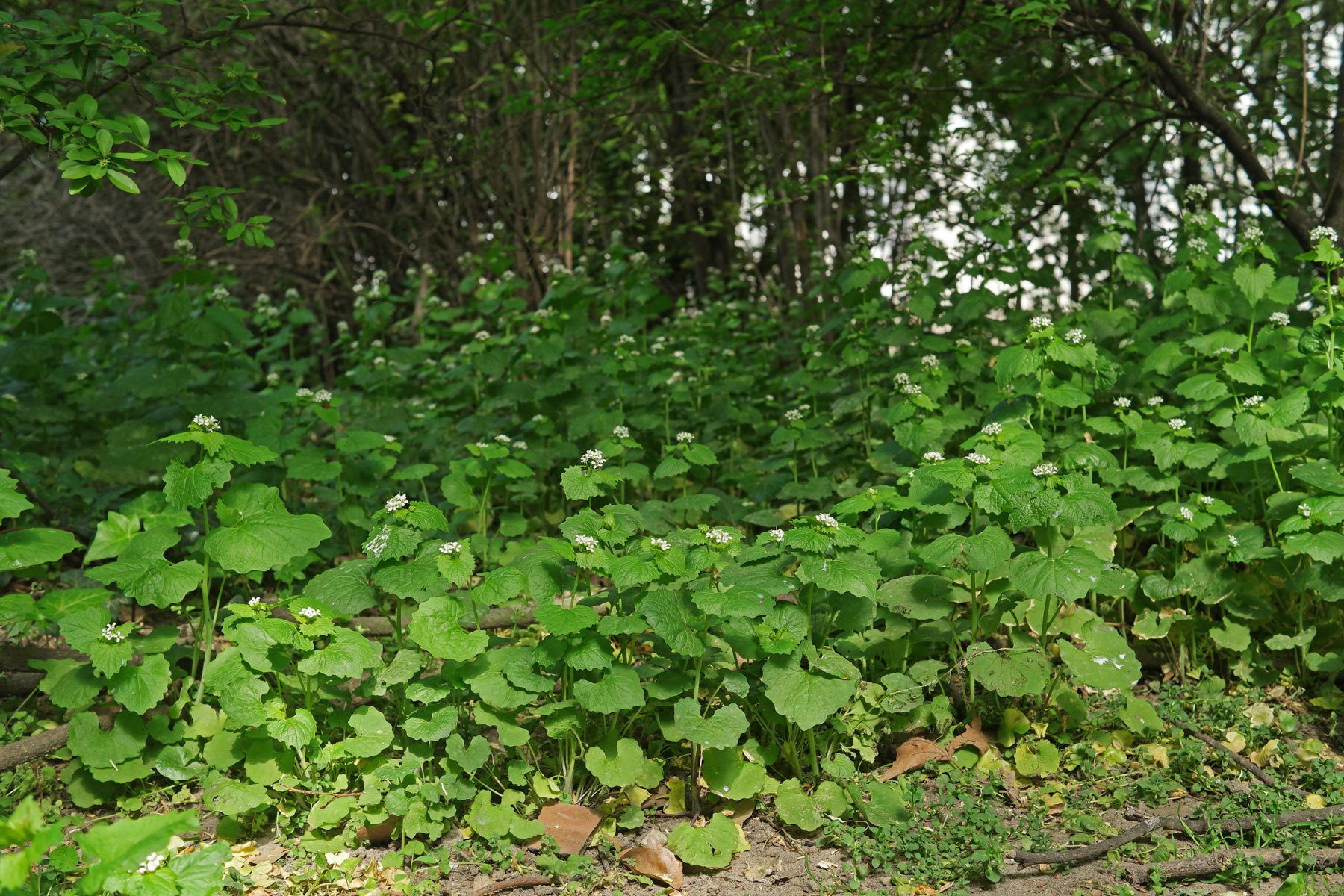
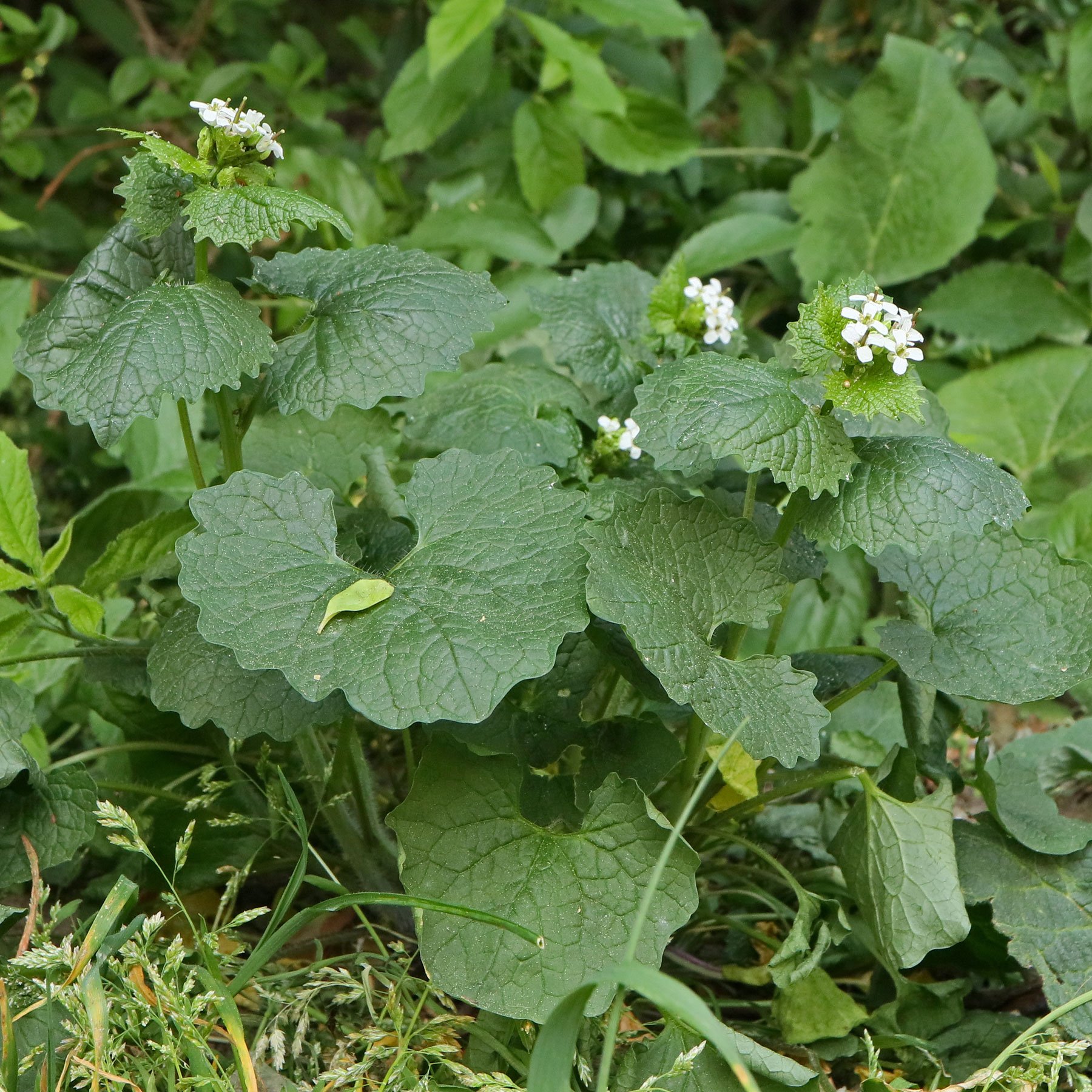
Categories: Herbs | White flowers | Wildflowers |

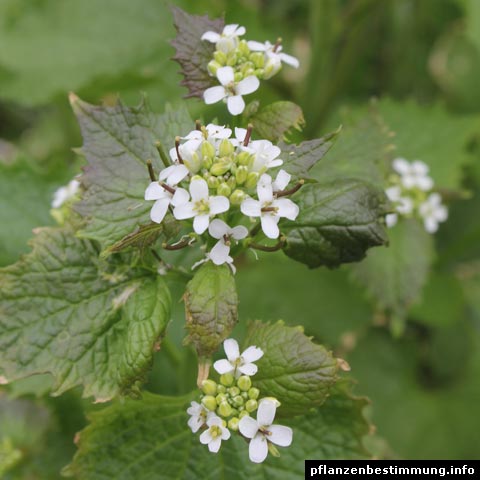 Alliaria petiolata
Alliaria petiolata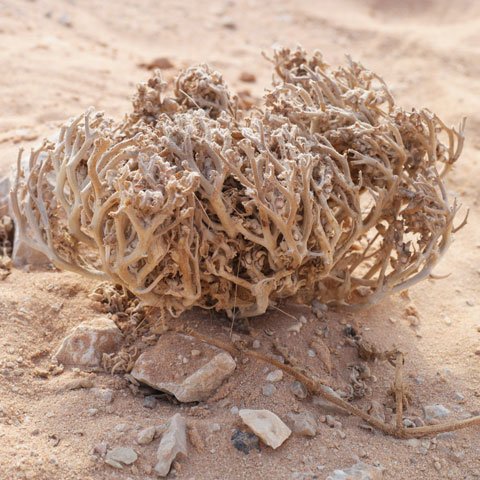 Anastatica hierochuntica
Anastatica hierochuntica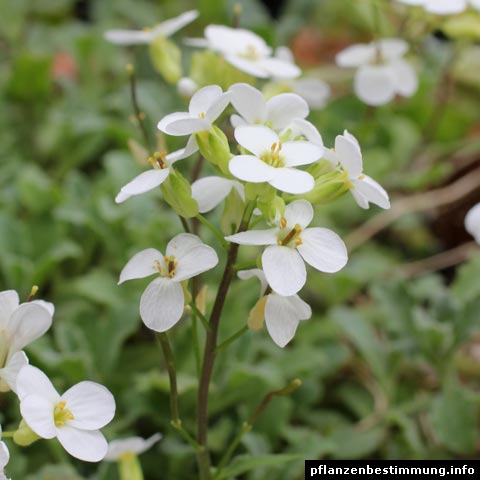 Arabis alpina ssp. caucasica
Arabis alpina ssp. caucasica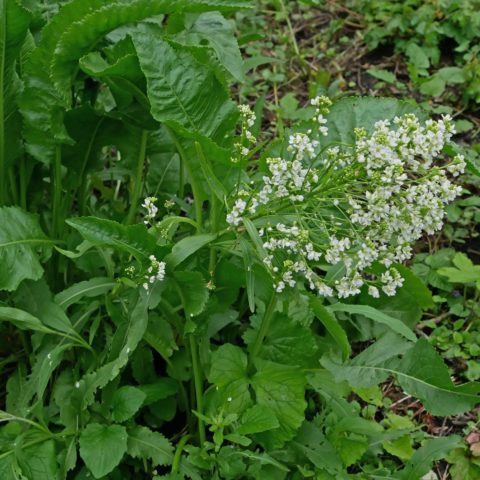 Armoracia rusticana
Armoracia rusticana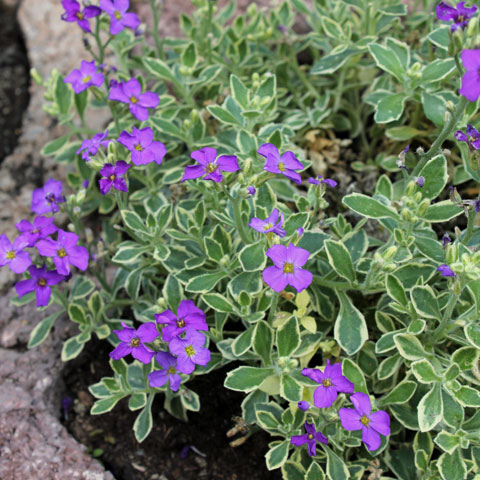 Aubrieta × cultorum “Silberrand”
Aubrieta × cultorum “Silberrand” Aurinia saxatilis
Aurinia saxatilis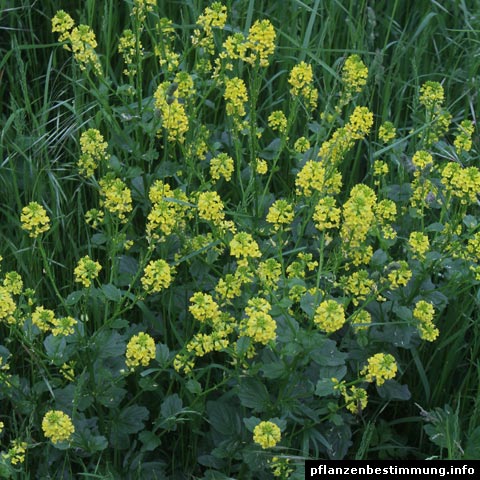 Barbarea vulgaris
Barbarea vulgaris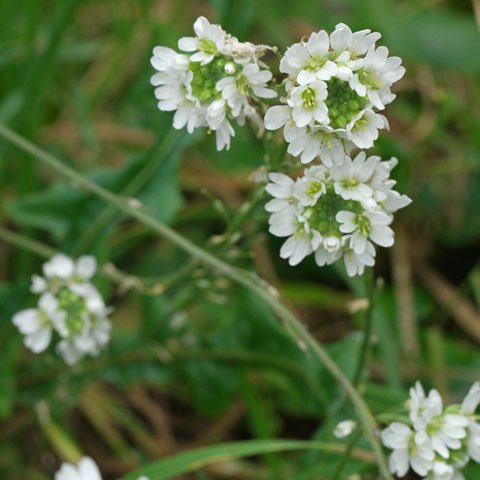 Berteroa incana
Berteroa incana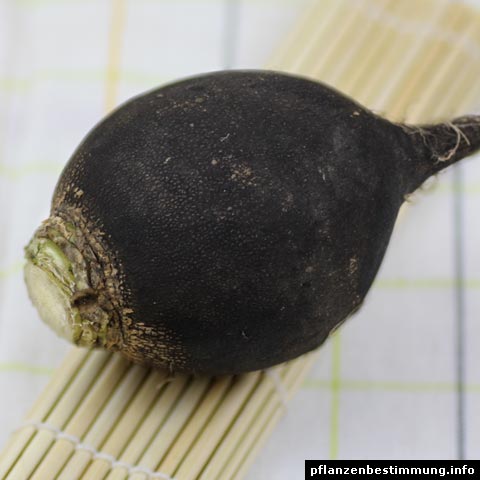 Black Radish
Black Radish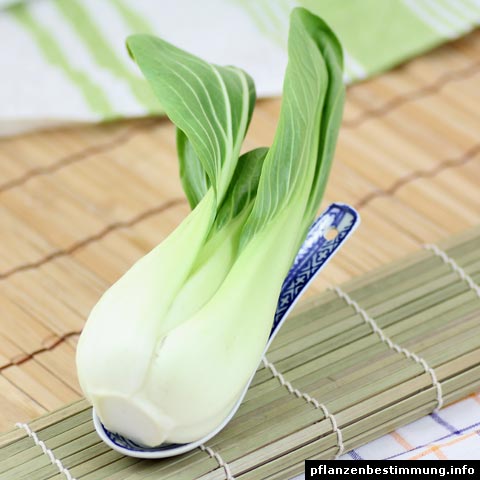 Bok Choy
Bok Choy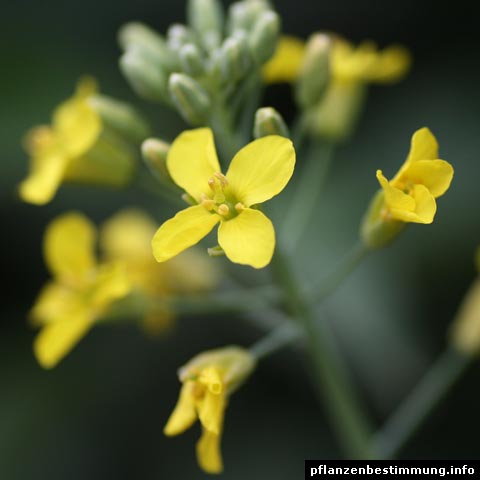 Brassica napus
Brassica napus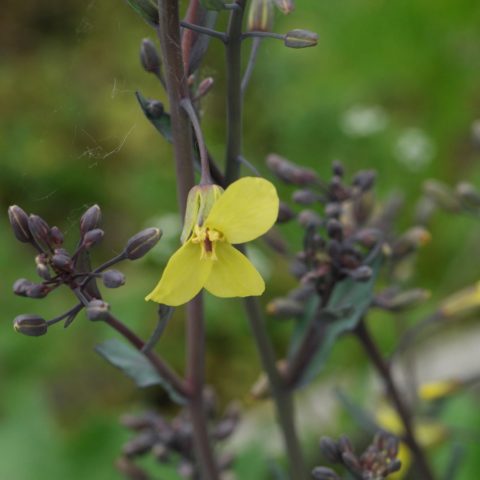 Brassica oleracea convar. capitata var. rubra
Brassica oleracea convar. capitata var. rubra Brassica oleracea var. acephala
Brassica oleracea var. acephala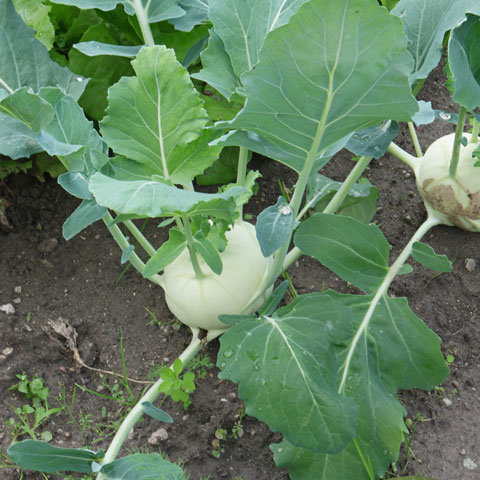 Brassica oleracea var. gongylodes
Brassica oleracea var. gongylodes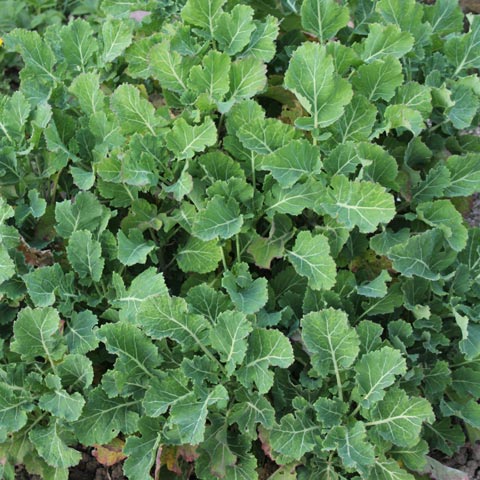 Brassica oleracea var. ramosa
Brassica oleracea var. ramosa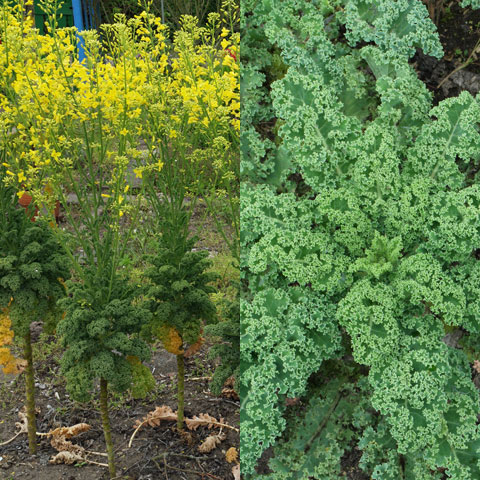 Brassica oleracea var. sabellica
Brassica oleracea var. sabellica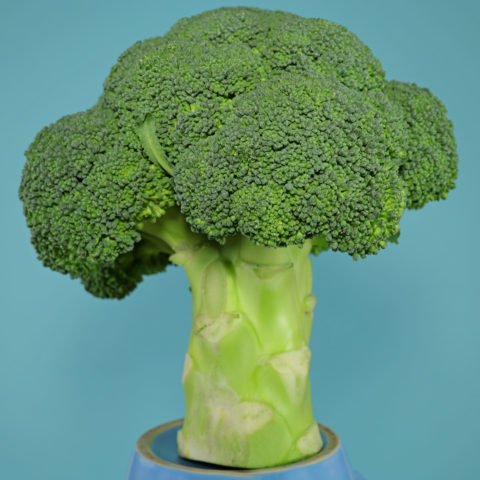 Broccoli
Broccoli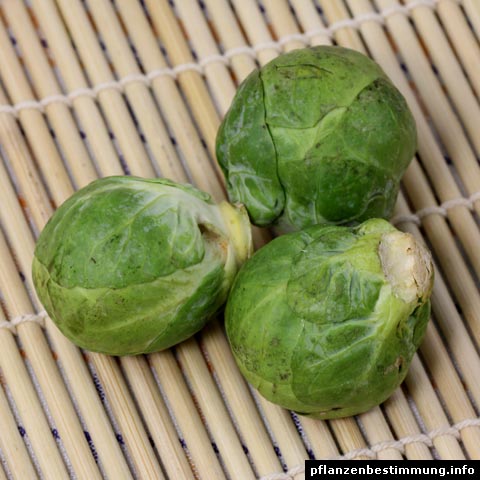 Brussels Sprout
Brussels Sprout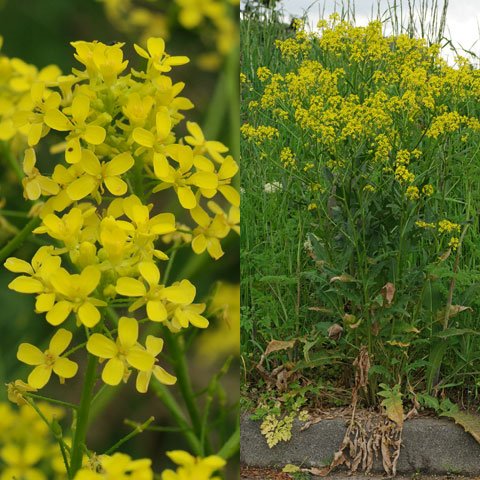 Bunias orientalis
Bunias orientalis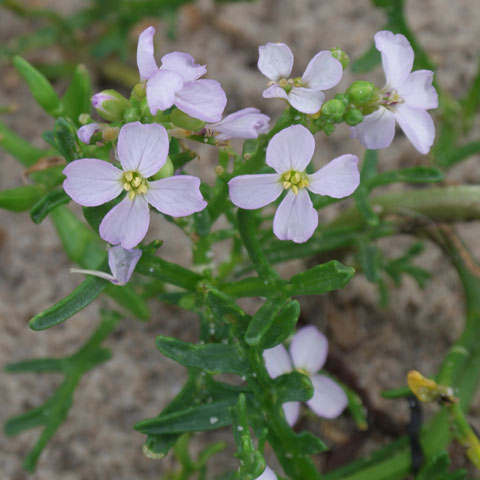 Cakile maritima
Cakile maritima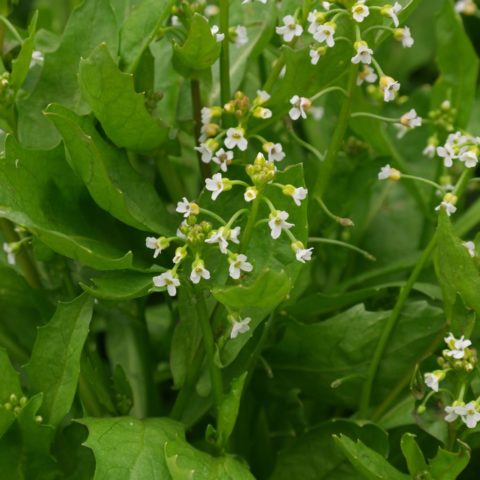 Calepina irregularis
Calepina irregularis Capsella bursa-pastoris
Capsella bursa-pastoris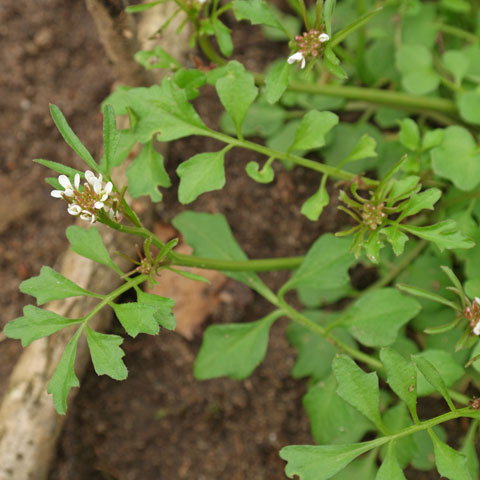 Cardamine flexuosa
Cardamine flexuosa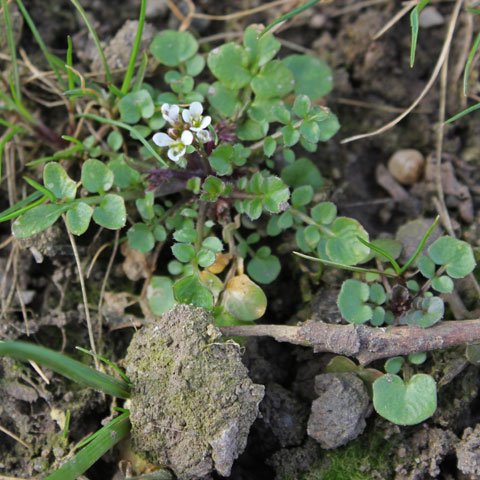 Cardamine hirsuta
Cardamine hirsuta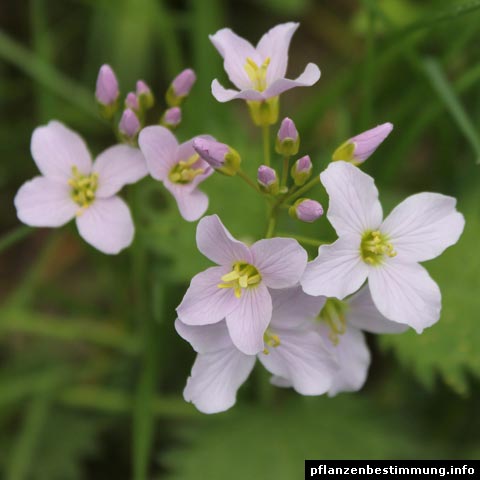 Cardamine pratensis
Cardamine pratensis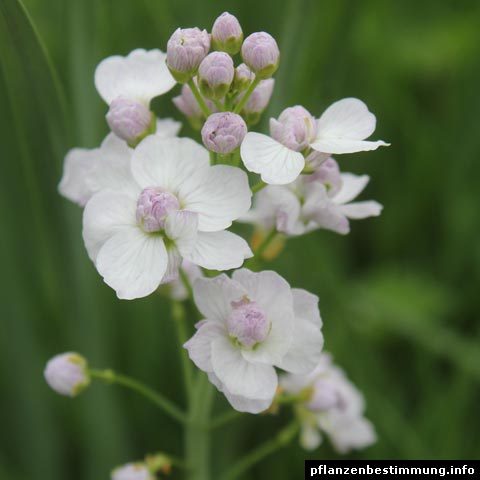 Cardamine pratensis “Plena”
Cardamine pratensis “Plena”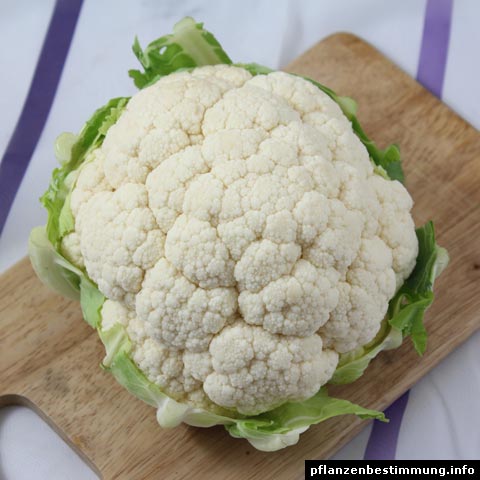 Cauliflower
Cauliflower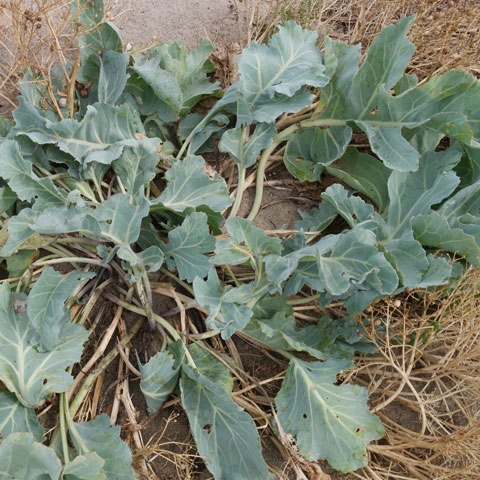 Crambe maritima
Crambe maritima Cress
Cress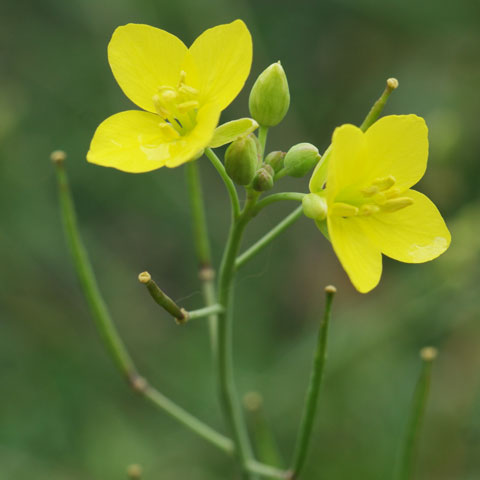 Diplotaxis tenuifolia
Diplotaxis tenuifolia Draba verna
Draba verna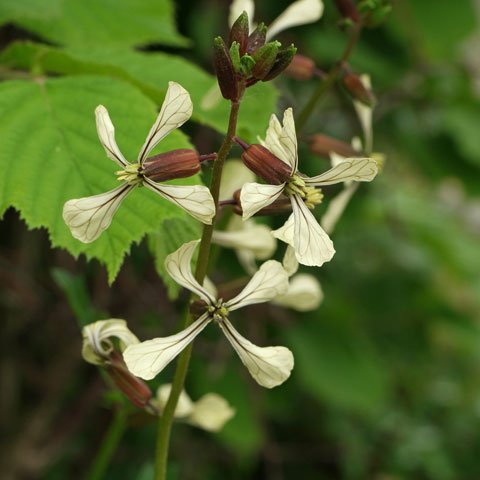 Eruca vesicaria
Eruca vesicaria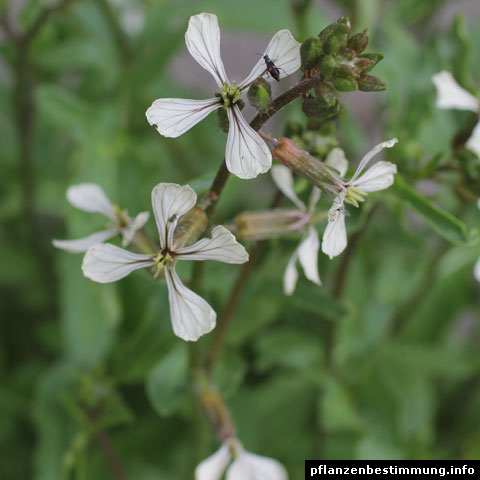 Eruca vesicaria ssp. sativa
Eruca vesicaria ssp. sativa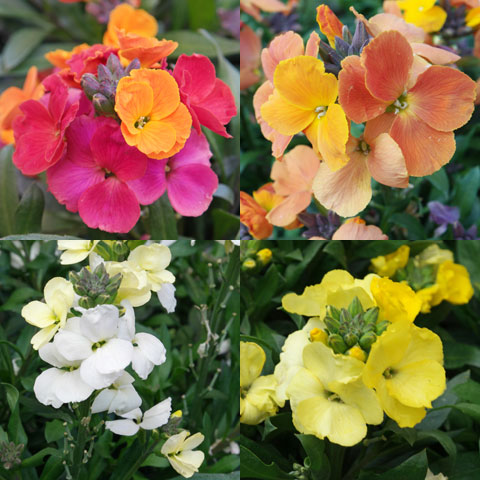 Erysimum cheiri
Erysimum cheiri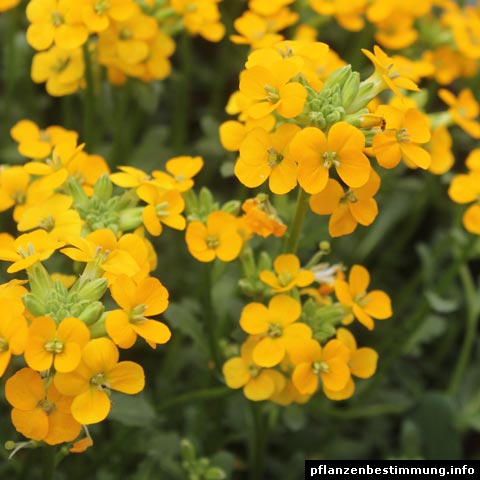 Erysimum cv.
Erysimum cv.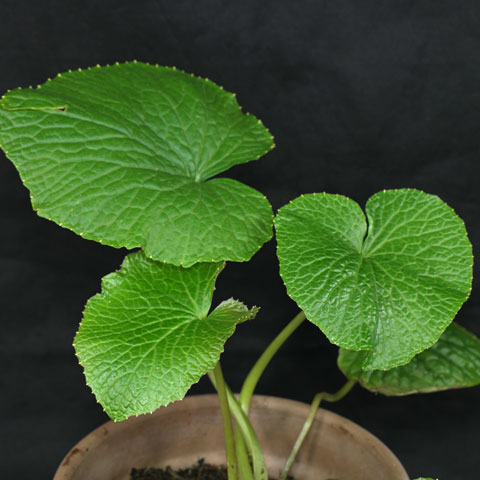 Eutrema japonicum
Eutrema japonicum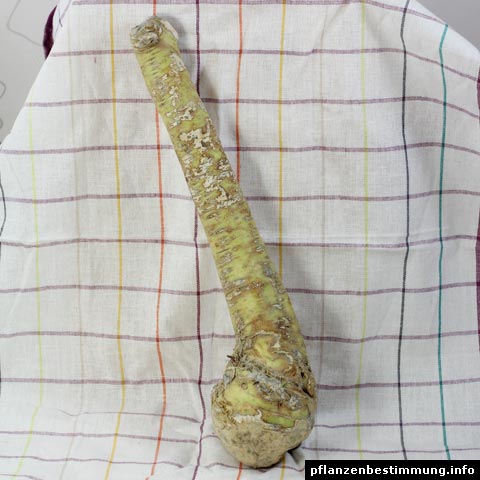 Horseradish
Horseradish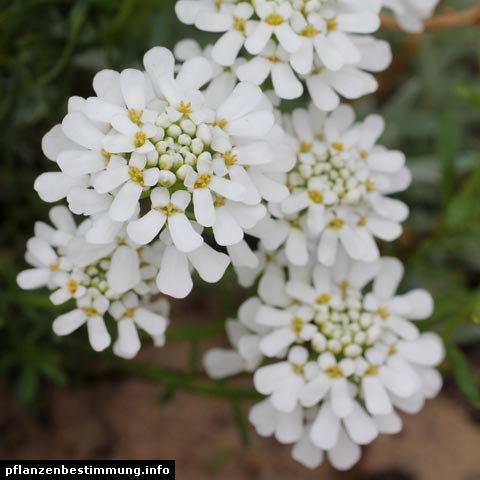 Iberis sempervirens
Iberis sempervirens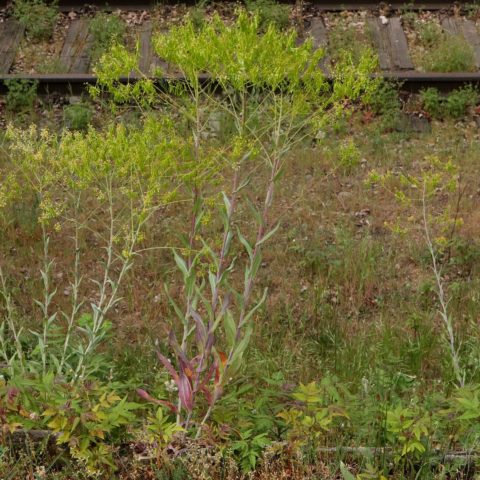 Isatis tinctoria
Isatis tinctoria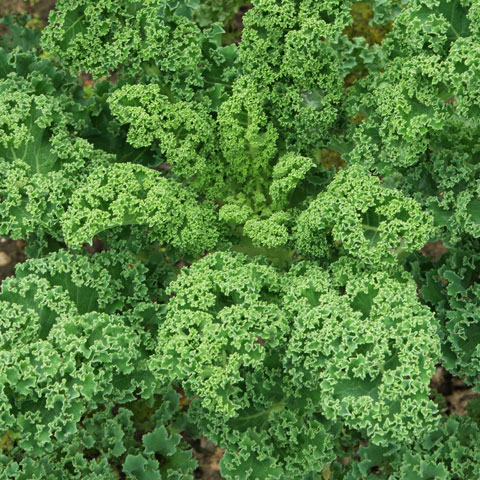 Kale
Kale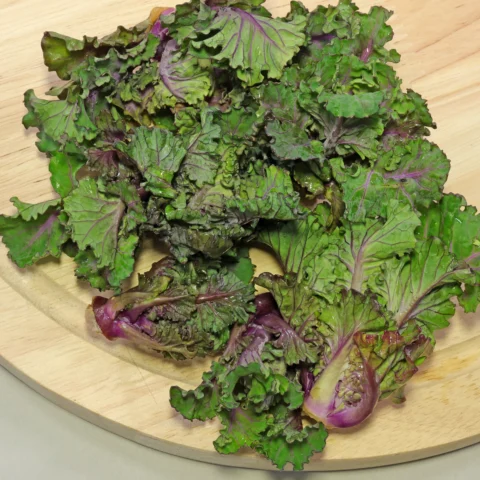 Kalettes, Kale Sprouts
Kalettes, Kale Sprouts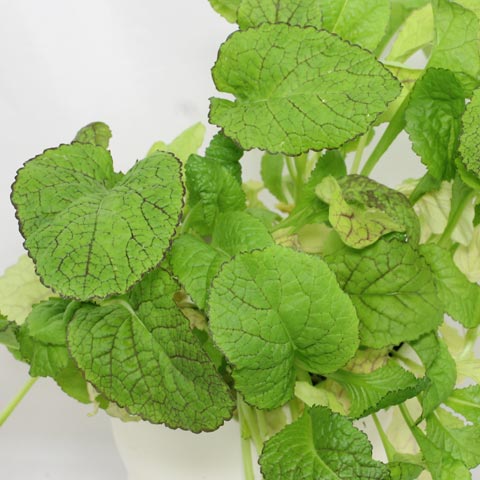 Leaf Mustard “Red Giant”
Leaf Mustard “Red Giant” Lepidium campestre
Lepidium campestre Lepidium draba
Lepidium draba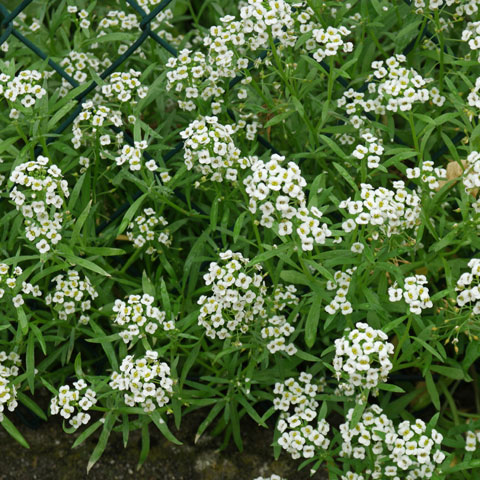 Lobularia maritima
Lobularia maritima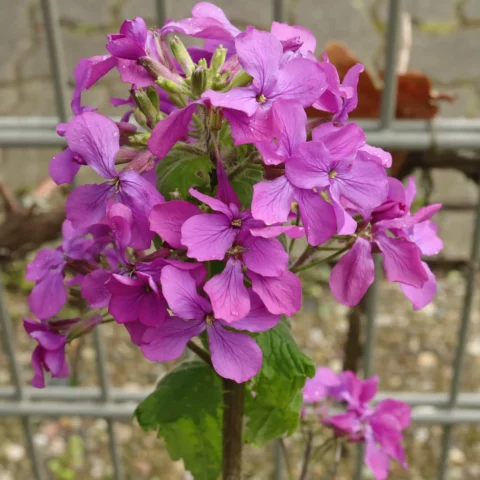 Lunaria annua
Lunaria annua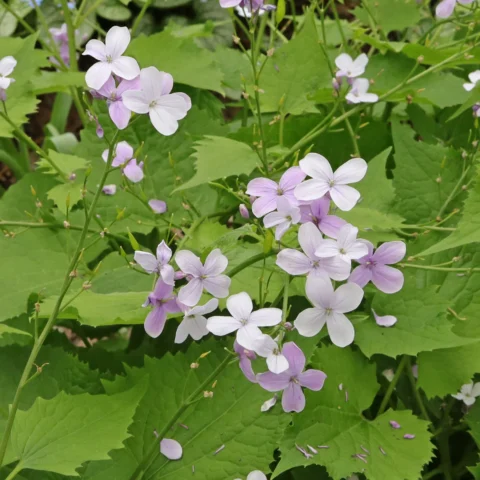 Lunaria rediviva
Lunaria rediviva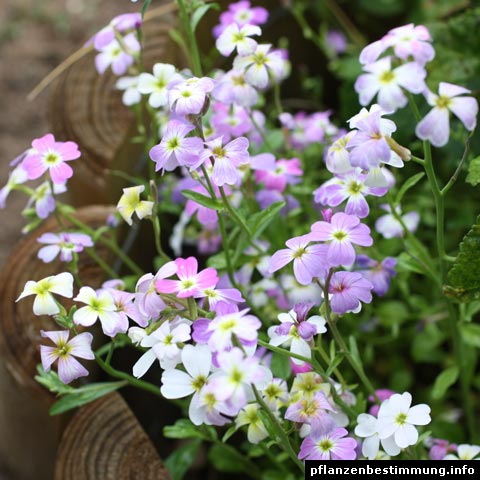 Malcolmia maritima
Malcolmia maritima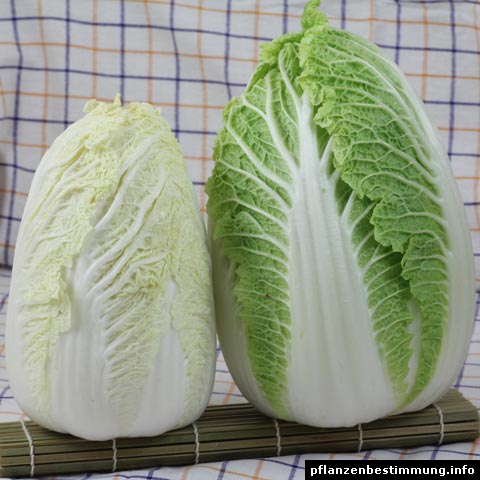 Napa Cabbage
Napa Cabbage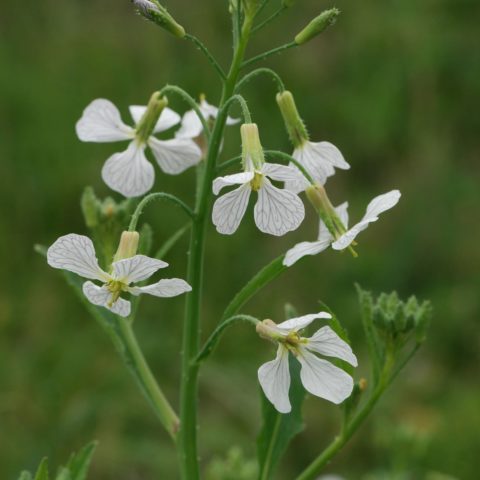 Raphanus raphanistrum
Raphanus raphanistrum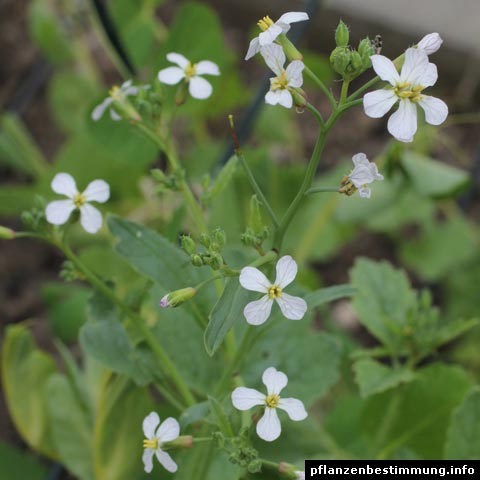 Raphanus sativus var. niger
Raphanus sativus var. niger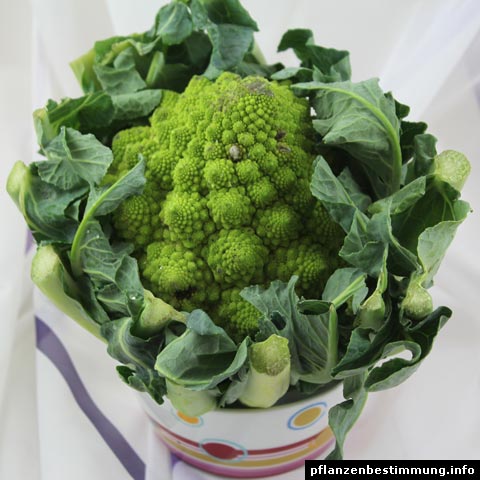 Romanesco
Romanesco Rorippa austriaca
Rorippa austriaca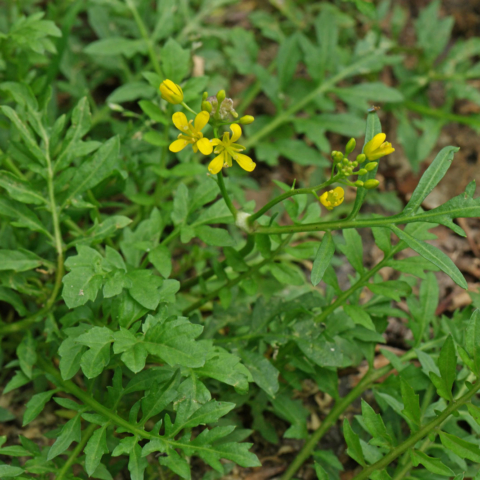 Rorippa sylvestris
Rorippa sylvestris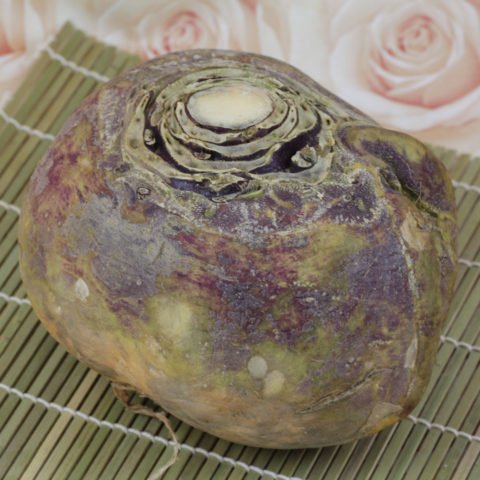 Rutabaga
Rutabaga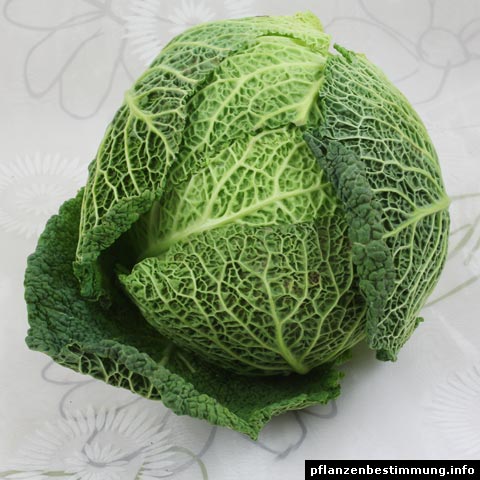 Savoy Cabbage
Savoy Cabbage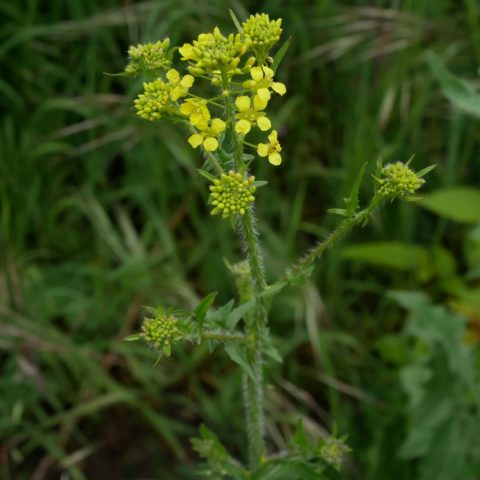 Sisymbrium loeselii
Sisymbrium loeselii Spring Draba, Vernal Whitlow Grass
Spring Draba, Vernal Whitlow Grass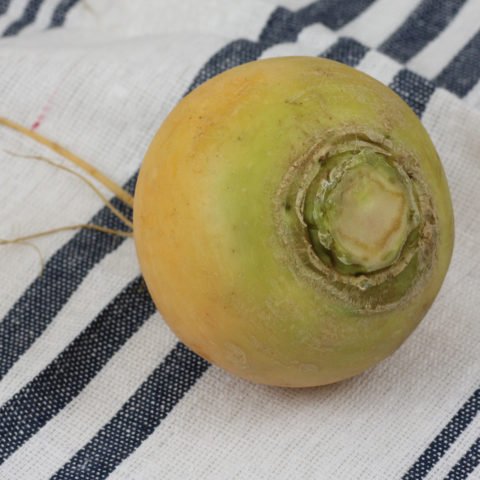 Turnip (yellow)
Turnip (yellow) Watercress
Watercress